| Structure | Name/CAS No. | Articles |
|---|---|---|
 |
3,3'-Dimethoxybenzidine dihydrochloride
CAS:20325-40-0 |
|
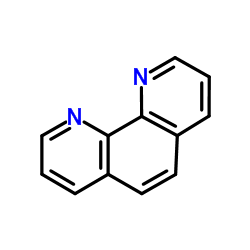 |
o-Phenanthroline monohydrate
CAS:5144-89-8 |
|
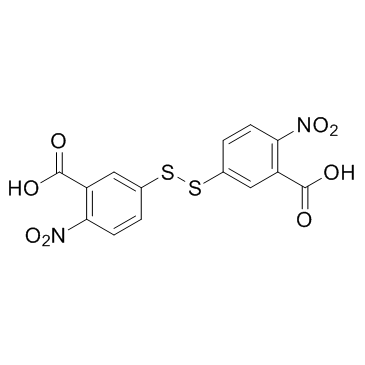 |
DTNB
CAS:69-78-3 |
|
 |
DPPH
CAS:1898-66-4 |
|
 |
Isoflurane
CAS:26675-46-7 |
|
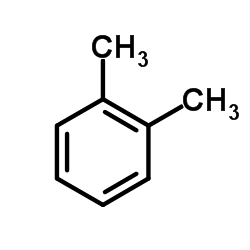 |
o-xylene
CAS:95-47-6 |
|
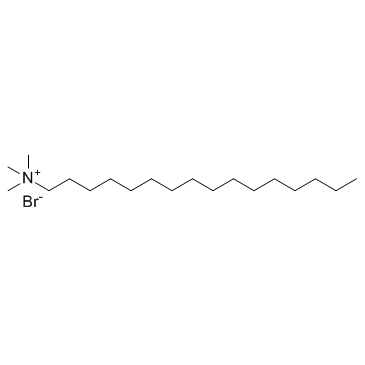 |
Hexadecyl trimethyl ammonium bromide
CAS:57-09-0 |
|
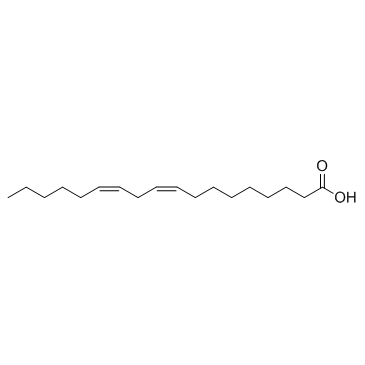 |
Linoleic acid
CAS:60-33-3 |
|
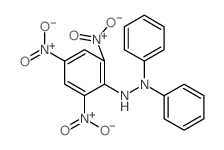 |
1,1-DIPHENYL-2-PICRYLHYDRAZINE
CAS:1707-75-1 |
|
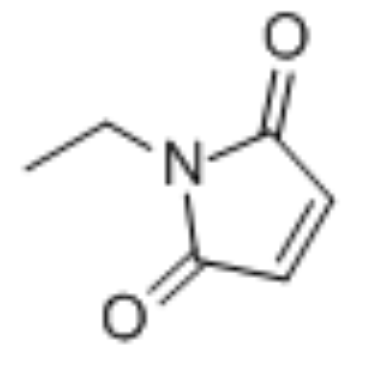 |
N-ethylmaleimide
CAS:128-53-0 |